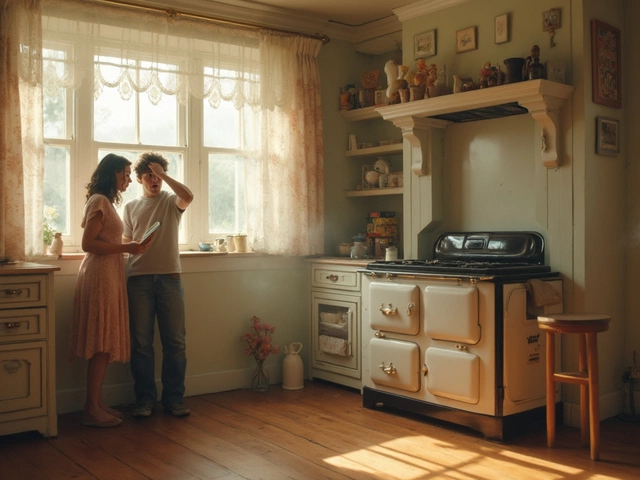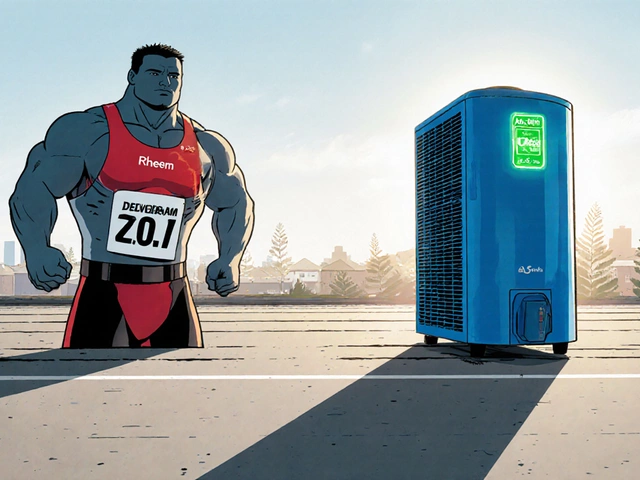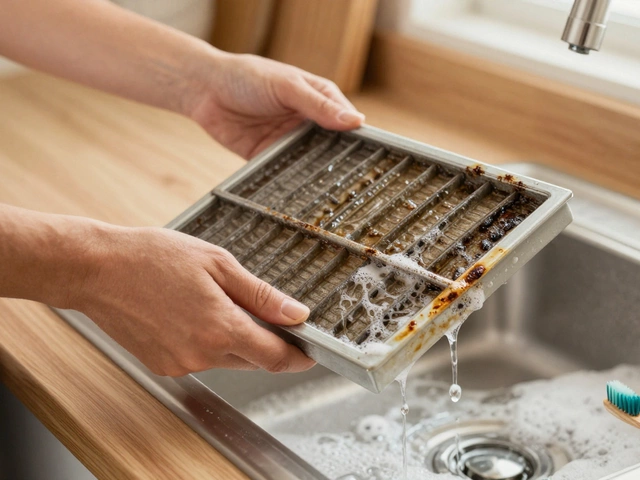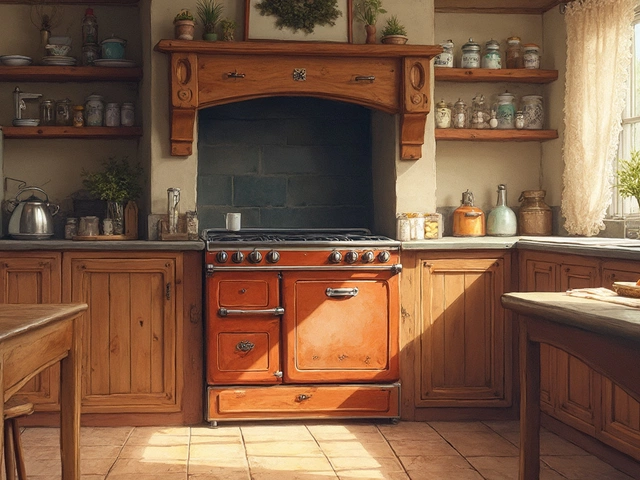Is It Worth Repairing a Washing Machine? Real Costs vs. Replacements in 2025
November 16 2025No Hot Water? Fast Fixes & When to Call a Gas Engineer
Waking up to a cold shower is frustrating, especially in winter. Before you panic, there are a few easy checks you can do yourself. Most no‑hot‑water problems are caused by something simple, like a tripped switch or a broken thermostat. If those fixes don’t work, it’s time to bring in a qualified engineer to keep you safe and warm.
Common Reasons for No Hot Water
First, look at the power supply. A blown fuse or a tripped circuit breaker can stop an electric boiler from firing. Reset the breaker and see if the boiler comes back on. Next, check the gas valve. If you smell gas or the valve is stuck, don’t try to fix it yourself – shut off the gas at the meter and call a professional.
Another frequent culprit is the thermostat. If it’s set too low or has failed, the boiler won’t heat the water. Adjust the temperature dial and listen for the boiler to start. Over time, sediment can build up at the bottom of a tank‑type water heater, reducing its efficiency. Flushing the tank once a year helps, but a heavy layer may need a professional clean.
Lastly, a broken pressure relief valve or a leaking pipe can let hot water escape before it reaches your taps. Look for puddles around the boiler or under the sink. Small leaks are easy to spot, but if you’re unsure, it’s safest to have an engineer inspect the system.
Step‑by‑Step Checks You Can Do Yourself
1. Reset the boiler. Most modern boilers have a reset button. Hold it for a few seconds and watch the display. If the error code stays, note it for the engineer.
2. Check the thermostat settings. Make sure it’s set above 50°C (122°F). If the dial is loose, tighten it gently.
3. Inspect the radiators. Cold spots on radiators can mean trapped air. Bleed them using a radiator key – you’ll hear a hissing sound as air escapes, then water will flow.
4. Look at the water pressure. Low pressure (below 1 bar) can stop the boiler from igniting. Most boilers have a pressure gauge on the front; you can top it up with water from the mains using the filling loop.
5. Listen for error lights. If the boiler shows a flashing light, check the user manual for the meaning. Many errors are caused by a faulty sensor, which needs a professional replacement.
If any of these steps don’t bring back hot water, don’t keep tinkering. A certified gas engineer can test the ignition system, replace a faulty pump, or handle any gas‑related faults safely.
Cold water in the morning doesn’t have to ruin your day. Start with the quick checks above, and if the problem sticks around, call Bedford’s trusted gas appliance repair service. We’ll get your boiler back up, keep you safe, and make sure you never have to face a cold shower again.
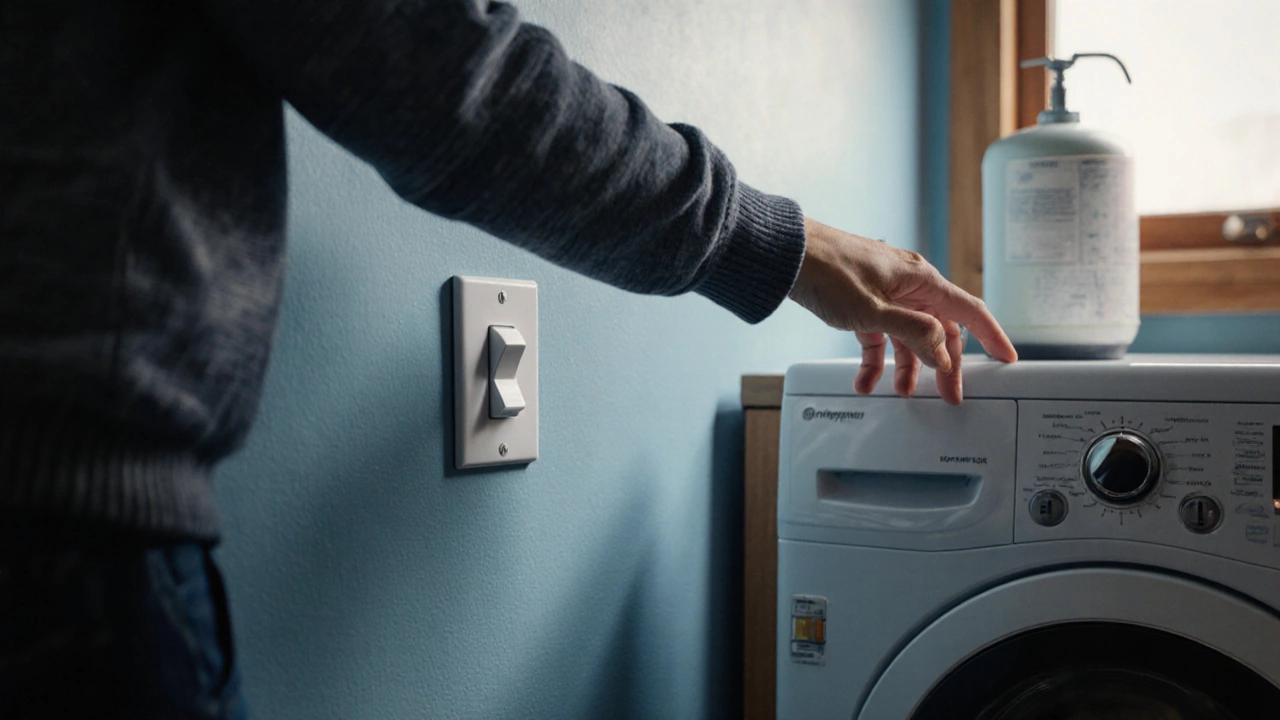 11 Oct
11 Oct
Why Is My Hot Water Not Turning On? 7 Fast Fixes for 2025
Struggling with no hot water? This 2025 guide gives 7 immediate fixes for Kiwi homes. Learn to check thermostats, reset breakers, and spot gas leaks safely. Includes NZ-specific advice on hard water, regulations, and when to call a licensed pro.
Read More... 17 May
17 May
Bad Hot Water Heater Element: How to Spot It Fast
Is your shower turning cold halfway through or does your water heater sound like it’s throwing a fit? Chances are, your hot water heater element might be bad. This article covers the typical signs that hint at an element gone rogue, what you can check yourself, and how to avoid unnecessary headaches. Get tips on quick home tests and when to call in a pro. Nobody likes surprise cold showers, so here’s how to keep yours steaming.
Read More... 1 May
1 May
Water Heater Reset: How to Tell If Yours Needs It
Waking up to a cold shower is a rude surprise and might mean your water heater needs a reset. Knowing the signs can help you fix the problem fast and avoid calling a repair tech. This article shows you what to check, why a heater might trip, and how to reset it safely. We’ll cover common symptoms, practical steps, and some pro tips for keeping your heater running smoothly. You might save yourself some money and hassle.
Read More...
